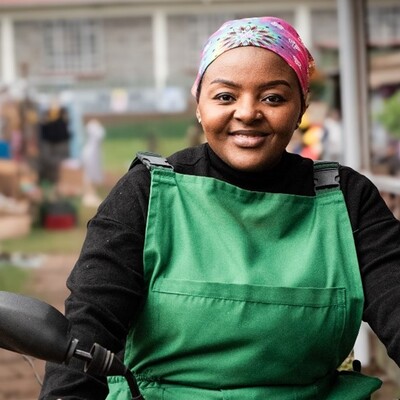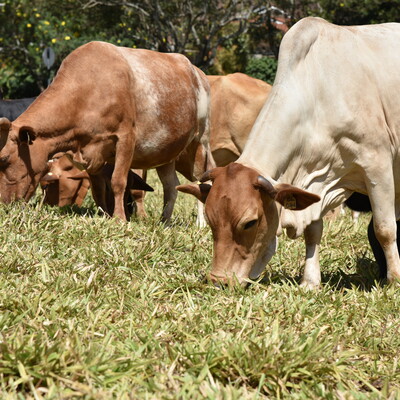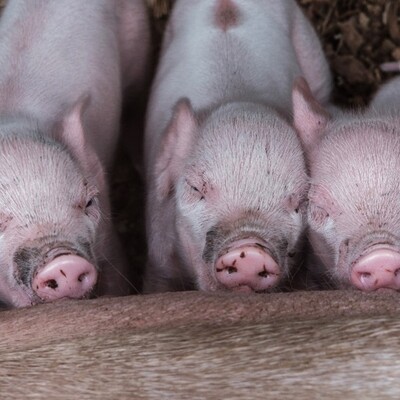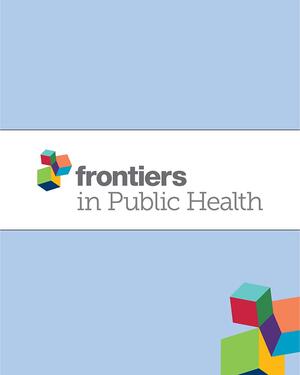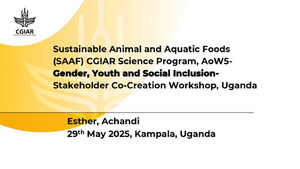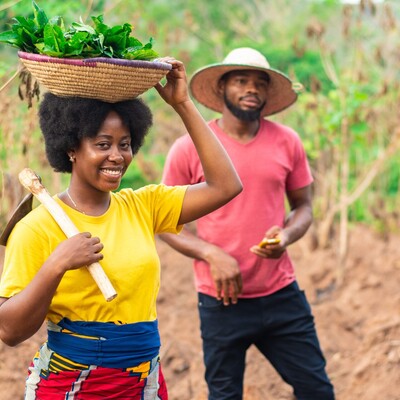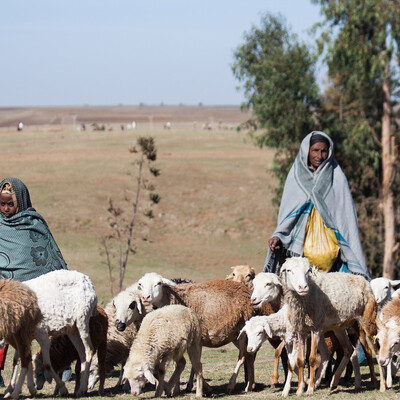
Building a Community: The Gender and Livestock Data Community of Practice
This article was first published on Feed the Future Agrilinks
Women and Livestock
In low- and middle-income countries (LMICs), livestock are cared for by both men and women, contribute to the health and socioeconomic wellbeing of households and communities and provide nutritious food and income. But interventions to improve livestock health and productivity may ignore gender differences and may lead to further inequalities. Gender inequality is both a root cause of intergenerational poverty and intensifies other causes such as age, ethnicity and caste exclusion, and physical causes such as climate change (Kabeer, 2015). While productive livestock can elevate smallholders out of poverty, good data are needed to optimize strategies and investments that can support the livestock sector for both men and women.
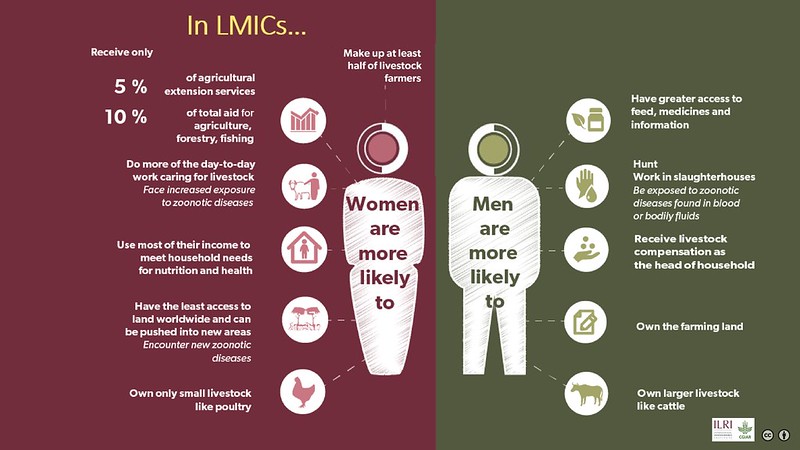
Women constitute the majority of poor livestock keepers in LMICs (FAO, 2011). Yet, women have more limited control over productive resources needed to raise livestock; have restricted access to livestock services and inputs; and occupy the less lucrative nodes of the livestock value chain when compared to their male counterpart.
This has two important implications:
1. Unless women livestock keepers are empowered, the livestock sector will lag behind — and benefits to livelihoods and nutrition remain limited.
2. Livestock itself is a good entry point to support the empowerment of women given that they are already heavily involved in the sector and they can control livestock more easily than other assets.
To achieve gender equality in the livestock sector, it is essential to empower women (Galiè et al., 2019), not only to earn income but also to increase their ability to influence decision-making within the home and in the public sphere. Gender and inclusivity are prioritized in the UN Sustainable Development Goals. Increasingly, the success of agriculture and development initiatives is determined by how well they account for, and address, gender differences in access and control of resources, time use and freedom from domestic violence.







